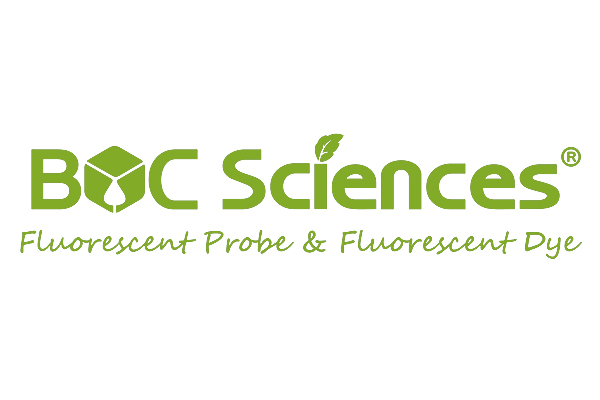
Anti-Rabbit IgG-ATTO 488 antibody produced in goat
| Catalog Number | F10-0153 |
| Category | ATTO Dyes |
* Please be kindly noted products are not for therapeutic use. We do not sell to patients.
Product Introduction
Goat polyclonal anti-Rabbit IgG (whole molecule)-ATTO 488 antibody antibody reats with rabbit IgG in vitro, in rabbit serum and biological fluids.Rabbit IgG is a plasma B cell derived antibody isotype defined by its heavy chain. IgG is the most abundant antibody isotype found in rabbit serum. IgG crosses the placental barrier, is a complement activator and binds to the Fc-receptors on phagocytic cells. The level of IgG may vary with the status of disease or infection. ATTO 488 is a labeling dye with high molecular absorption (90,000) and quantum yield (0.80) as well as sufficient Stokes shift between excitation and emission maximum. It is optimized for excitation with an argon laser, and is characterized by high photostability. ATTO fluorescent labels are designed for high sensitivity applications, including single molecule detection. ATTO labels have rigid structures that do not show any cis-trans-isomerization. Thus these labels display exceptional intensity with minimal spectral shift on conjugation.
Chemical Information
Product Specification
| NACRES | NA.46 |
| Excitation | 485 |
| Emission | 552 |
| Properties Concentration | 1 mg/mL protein |
| Properties Quality Level | 100 |
| Storage | −20 °C |
Recommended Services
Recommended Articles

- Hoechst Dyes: Definition, Structure, Mechanism and Applications
- Mastering the Spectrum: A Comprehensive Guide to Cy3 and Cy5 Dyes
- Fluorescent Probes: Definition, Structure, Types and Application
- Fluorescent Dyes: Definition, Mechanism, Types and Application
- Coumarin Dyes: Definition, Structure, Benefits, Synthesis and Uses
- Unlocking the Power of Fluorescence Imaging: A Comprehensive Guide
- Cell Imaging: Definitions, Systems, Protocols, Dyes, and Applications
- Lipid Staining: Definition, Principles, Methods, Dyes, and Uses
- Flow Cytometry: Definition, Principles, Protocols, Dyes, and Uses
- Nucleic Acid Staining: Definition, Principles, Dyes, Procedures, and Uses
Recommended Products
Online Inquiry

